

康熙清远县志二种:点校本
¥213.99
本书包含一套两册,分别为清康熙元年纂修、康熙十一年增刻本以及康熙二十六年刻本《清远县志》之点校本。内容记述了从远古到各自修纂年代时清远县*方位的发展脉络。为方便读者阅读,点校本以通行的简化字整理,对书中个别晦涩难懂的字句进行适当的注释,对原书漫漶之处则通过其他版本尽力补充。本书整理点校工作由清远市史志办公室根据国务院《地方志工作条例》《广东省地方志工作条例》等文件的有关规定,联合清远市清城区地方志编纂委员会办公室、清远市清新区史志办公室组织开展,并邀请暨南大学刘正刚教授点校,整理点校工作以尊重原著、保护与利用相结合为原则。本书有助于研究者对康熙元年《清远县志》相关内容的阅读、整理及进行进一步的研究。


“娶”一个男人:婚恋情感小说大全(共9册)
¥213.99
套装共9册,分别为《单行线》《小婿有礼》《谁为婚狂》《男嫁时代》《田朵朵公务员考试笔记》《一个人的婚前旅行》《买房以后,结婚之前》《轻熟女爱情宝典》《拒绝裸婚》


变形金刚地球火种漫画书(全7册)(同名动画全网热播。能量石里诞生了前所未见的变形金刚?人类小孩儿首次与变形金刚建立连接!全新冒险就此展开!)
¥213.60
“变形金刚地球火种漫画书”系列是专门为9~14岁青少年读者打造的一套图书。本系列根据新上映的动画片《变形金刚:地球火种》的剧情改编,故事围绕着地球上诞生的变形金刚新派别“地族人”(Terrans)展开,讲述了在汽车人和霸天虎之间的内战结束后,一对人类兄妹——哥哥罗比和妹妹摩儿见证了全新的变形金刚凌跃和制胜的诞生。凌跃和制胜在孩子们的邀请下融入了人类家庭;他们还在大黄蜂的训练下学习变形金刚的技能,并在人类世界里找寻自己的位置……


唐宋豪放大家:苏东坡辛弃疾传(套装共4册)
¥213.60
《苏东坡新传》 苏东坡,天赋异禀的大文豪,无可救药的乐天派…… 他的标签很多,却难以被标签定义。居高处为翰林学士,落低谷为狱中囚犯,一生波澜曲折都在诗里见。本书即以东坡诗词为主线,兼及东坡文集、后人笔记等百余种资料,以坚实的考订和热情的笔触,呈现出一个立体的东坡形象。 《辛弃疾新传》 辛弃疾是南宋时期具有文才武略的英雄豪杰式的人物,是中国历史上杰出的爱国词人。他一生的英雄事迹和经历的种种壮志难酬的坎坷遭遇,化作雄奇阔大、郁勃激荡的词作,感染了无数的后人。本书是辛弃疾的传记,作者以时间为线索,结合历史环境和时局背景,亲身考察辛弃疾经行轨迹,深入剖析相关史料,解读存世诗文作品,并结合*新研究成果,深入还原了辛弃疾跌宕起伏的传奇人生。


风靡世界的科普系列01:爱因斯坦、扎克伯格、比尔·盖茨等诸多大咖推荐(经典科普读物,满足你对世界所有好奇!套装共5册。)
¥213.48
《我包罗万象》 在人类的生活史中,微生物常常隐而不现,只有当我们被因它们而起的疾病击倒时,才猛然意识到微生物的存在。因此,人们常常给微生物冠以恶棍之名,直到今天仍然容易谈菌色变。可事实上,在我们的生命历程中,微生物不仅从未缺席,而且必不可少。放眼万物,斑头雁迁徙飞跃喜马拉雅山时带着微生物,象海豹潜入深海时也携有微生物。当尼尔·阿姆斯特朗和巴兹·奥尔德林登上月球时,他们踏出的一小步既是人类的一大步,也是微生物的一大步。 本书将带领我们以“微生物之眼”重新认识生命体之间的共生关系。在每个自成“动物园”的人体之上,微生物能塑造器官、防御疾病、消化食物、驯化免疫系统、指导行为,并赋予我们各种神奇的能力。读者可以通过本书重新认识人类过往对很多古老共生关系的大意破坏,同时见证当下各行各业努力构建新型共生关系的谨慎尝试。 也许,是时候用沃尔特·惠特曼的诗句改写奥逊·威尔斯的“我们孤独地出生,孤独地活着,又孤独地死去”了。在离不开与微生物的共生互动之中:“我辽阔博大,我包罗万象。” 《追寻记忆的痕迹:新心智科学的开创历程》 本书是美籍犹太裔神经科学家、诺贝尔奖得主埃里克?坎德尔的自传,在书中他不仅表达了个人对其生活和历史的感受和思考,也以亲历者的身份叙述了神经科学这个学科从无到有的发展史——人们如何开始用生物科学的方法研究学习和记忆,在过去的一个世纪里这个领域得到了哪些发展,科学界又对未来怀有哪些愿景和期待。通过阅读这本书,读者不仅可以了解神经科学这一学科的动向,更能窥见科学家进行科学探索的思考路径,以及一个伟大科学家的素质和襟怀。本书已被翻译成德语、法语、俄语、意大利语、西班牙语、波斯语等十多个语种,先后荣获2006年度《洛杉矶时报》图书奖和2007年度美国国家学院知识传播奖。 《创造自然:亚历山大·冯·洪堡的科学发现之旅》 18世纪的人类以“进步”为关键词,不断投身改造自然的热潮,可也逐渐失去了对自然的敬畏。在这一时期众多探究“如何理解自然”的科学家中,有一位浮士德式的人物:他的内心簸荡着不息的求知冲动,不仅渴望周游世界,更试图洞悉整个宇宙。深受启蒙思想影响的他,坚信客观实验之必要,但也重视个人的主观感受。他将科学与想象结合在一起,以“生命之网”的整体视角重新审视自然。他,就是亚历山大·冯·洪堡。 亚历山大·冯·洪堡(Alexander von Humboldt,1769—1859),曾被普鲁士国王腓特烈·威廉四世盛赞为“大洪水后真正伟大的人物”。他深入委内瑞拉的茂密雨林,穿越漫长的安第斯山脉,攀登当时公认的火山——钦博拉索山;他曾与同伴惊险地逃脱鳄鱼之口,目睹野马与电鳗的残酷搏斗,在重重树影间与美洲豹狭路相逢。他将对自然的崭新理解,融入对彼时政治局势的悉心体察,既为托马斯·杰斐逊带去详尽的考察资料,还影响了西蒙·玻利瓦尔的拉丁美洲革命。洪堡对世界的广博认识不但招致了拿破仑的嫉妒,更深度影响了歌德、柯勒律治、达尔文、梭罗、海克尔等诗人与科学家。洪堡究竟如何从一位怀有远游心气的少年成长为具有世界影响力的科学家?其观察自然的全新视角受到哪些影响的形塑?由此生成的整体自然观又如何在思想史的流变中影响一代又一代的知识分子?这些问题都可以在《创造自然》中找到答案。 安德烈娅·武尔夫为写作本书重新追寻洪堡的足迹。她以生动的笔触和翔实的资料将洪堡的个人传记、旅行历险和自然观念的演变交织在一起,既揭示了他在科学史上的枢纽地位,也搭建起这位150多年前的博物学家与现代的联系。洪堡宛如一位21世纪的通才,带着远超同时代人的前瞻性视角,将敏感的心灵注入对奴隶制、环境问题与科研发展等的探讨。这位跨越科学与艺术的观察者,可以超越任何时代。 《追捕祝融星:爱因斯坦如何摧毁了一颗行星》 水星是距离太阳近的行星,在几个世纪的观测中,人们发现水星轨道存在轻微的扰动。这与牛顿理论所预言的行星行为有些许偏差。为了解释这种现象,根据牛顿万有引力定律,法国天文学家勒威耶进行了计算,于1859年提出假设:水星轨道内尚有一颗未被人们发现的行星。他还以罗马神话中火神的名字(Vulcan)为之命名(对应中文译名即“祝融星”)。此后,人们开始疯狂地寻找这颗行星,但除了一位乡间业余天文学家声称目击了它之外,没人能再次证实它的存在。1915年,爱因斯坦的广义相对论体系构建完成,首先解决的问题就是解释水星轨道的扰动现象。自此证实:祝融星并不存在。 《从一到无穷大:科学中的事实与猜想》 本书是科普界一代宗师乔治·伽莫夫的代表作,在一众自然科学经典名著中宛如灯塔一般,是科学爱好者不容错过的经典之作,其历久弥新的魅力,仍对普通读者构建自身的科学素养大有裨益。 本书共分为四个部分,先从数学基础知识入手,而后以通俗有趣的语言清晰介绍了时间、空间及其相对性,再将爱因斯坦深奥的相对论和四维时空结构简明说理,后生动讨论了人类在微观世界和宏观世界的认知进展。 书中大量的有趣插图均为作者亲笔绘制,有助读者轻松进入奇妙的科学世界,是学生、科学爱好者难得的入门读物。
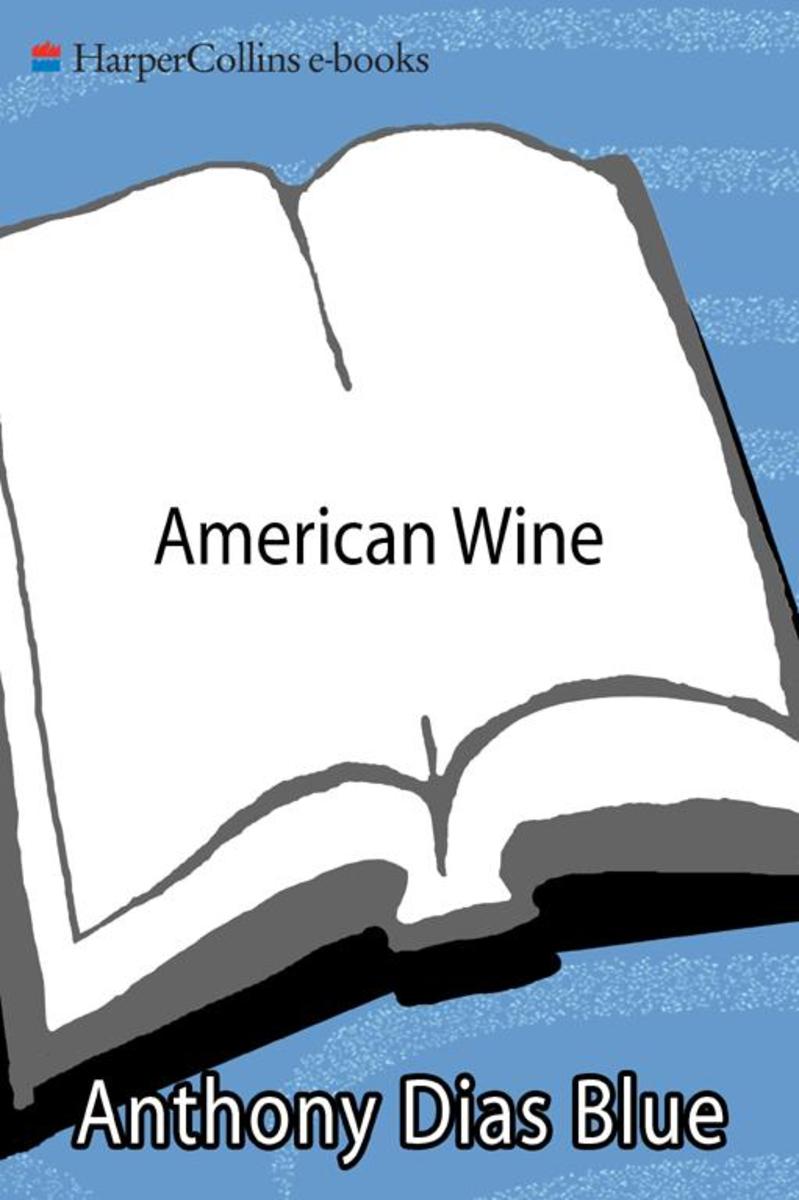
American Wine
¥213.06
The incomparable Anthony Dias Blue the world's leading expert on American wine has revised and updated his definitive reference on America's wine-producing regions and wines. Both entertaining and informative American Wine takes the risk out of choosing the best wines and the best values with maps, winery profiles, comprehensive tasting notes, ratings, and recommendations on more than 5,000 wines.Anthony Dias Blue is universally praised for his unpretentious wine prose often witty and always thoroughly original and for the authoritativeness and strength of his opinions. American Wine sparkles with the same spirit and sharp critical perspective that make his newspaper and magazine columns and radio segments so popular. Blue introduces the reader to the wealth of American wines and wineries from their beginnings to the present and gives background on American grapes, wine production techniques, and his amusing hypotheses on primitive man's discovery of wine.The heart of the book is the comprehensive listing, arranged by region, of more than 900 wineries, each including a de*ion of the owners/founders, and a list of important characteristics, including vintage, type, and price, of all the wines produced by the winery. Thorough de*ions of each wine are provided as well as guidelines as to when the wines are ready. Individual wines are given quality ratings; Blue's rating system is easy to use and clearly highlights special bargains.With the seasoned eye and palate that years of experience have given him, Blue has researched and written this compendium with gusto, and the first edition of American Wine has been a resounding success. Updated and revised, this volume is indispensable to anyone how buys wine.

木心作品(十三种)
¥213.02
本套装书《木心作品集及纪念专号(套装共13册)》,包括了《木心作品一辑八册》和《木心作品二辑五册》。其中《木心作品一辑八册》收入木心早为大陆读者所识的八种经典作品,《哥伦比亚的倒影》、《琼美卡随想录》、《温莎墓园日记》、《即兴判断》、《西班牙三棵树》、《素履之往》、《我纷纷的情欲》、《鱼丽之宴》。 《木心作品二辑五册》收入了《诗经演》、《巴珑》、《伪所罗门书:不期然而然的个人成长史》、《云雀叫了一整天》、《爱默生家的恶客》,是木心亲自编订篇目的第二批简体字版作品,也是生前出版的后一批作品。


黄帝内经素问白话解
¥213.00
《郭霭春全集》收录郭霭春教授著作共计800万字左右。《黄帝内经素问白话解》为《郭霭春全集》之一,主要内容是对《黄帝内经素问》行校勘和注释同时,予以语译,以通俗易懂的白话文形式解读。《全集》全面反映了他在中医药学领域的学术成就。郭霭春先生治儒通医,文理医理融会贯通,精通史学、国学,于目录、版本、校勘、训诂、音韵等专门之学,造诣精深,并善诗词。他深研中医基础理论,精医史、善临证,尤以文献研究和中医内科见长,有“津沽杏林三杰”之誉。治学精勤,著作颇丰,其代表作有《黄帝内经素问校注》《灵枢经校释》《黄帝内经素问校注语译》《灵枢经校注语译》《中国医史年表》《中国分省医籍考》等。

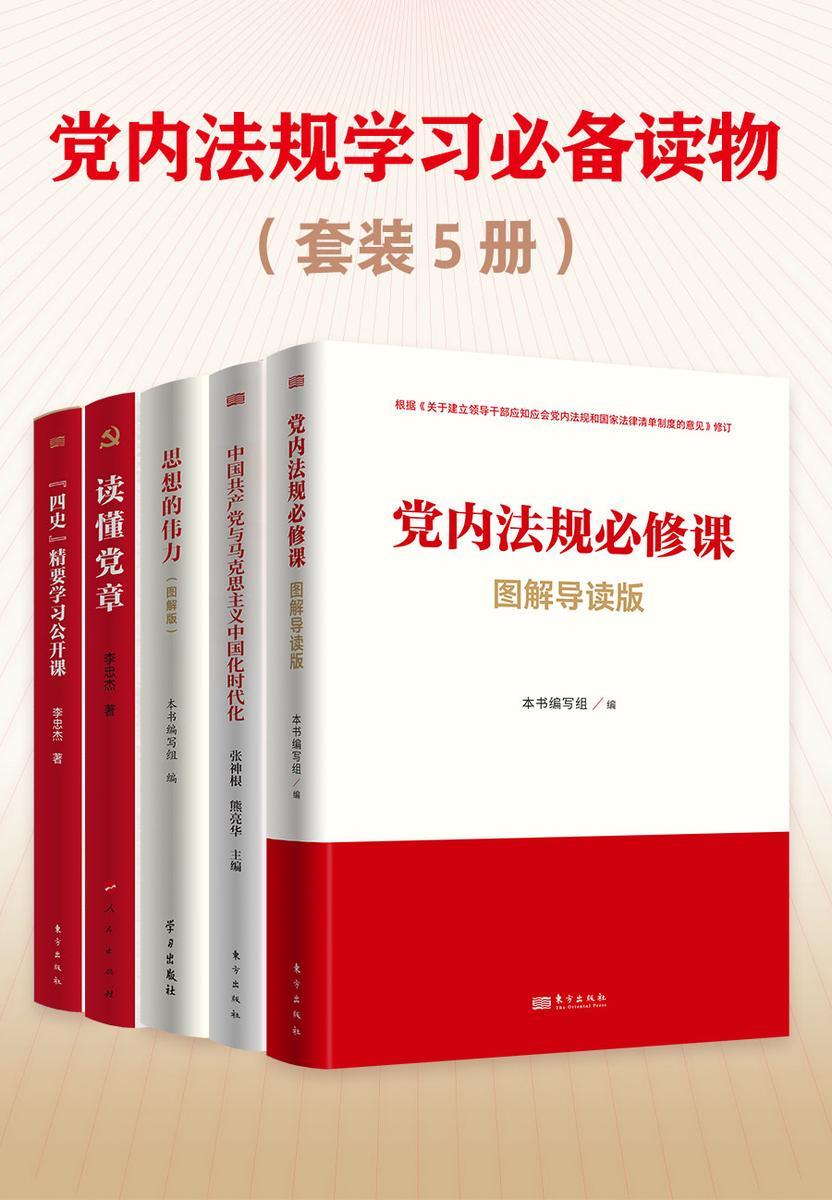
党内法规学习读物(套装5册)
¥212.99
套装包括:《党内法规必修课(图解导读版)》《中国共产党与马克思主义中国化时代化》《思想的伟力(图解版)》《读懂党章》《“四史”精要学习公开课》


你在高原:全10册 第八届茅盾文学奖获奖作品
¥212.99
《你在高原(共10册)》为“茅盾文 学奖获奖作品全集”系列之一。 ???? 《你在高原(共10册)》是一批五十年代生人的故事,这一代人经历的是一段极为特殊的生命历程。 ??? 无论是这之前还是这之后,在相当长的一个历史时期内,这些人都将是具有非凡意义的枢纽式人物。 ???? 整个汴梁的政治、经济和文化等各种景致尽收眼底,气韵宏阔;而就局部细节上,哪怕是一个人物的眉眼表情,又都纤毫毕现。这特在这部小说中也有 鲜明的体现,错综复杂的历史、宏大的故事背景和众多的人物,展现了近百年来,特别是改革放以来中 国某一地域的面貌,而在具体的细节刻画和人物摹写上,又细致微、生动感人。


爱情,是意外抢来的:商锦维都市女性小说集(共6册)
¥212.99
商锦维都市小说作品集:《换爱》《前妻情人》《从此以后》《夺宠》《此女难撩》《*钓系》


小顾聊绘画:写给全世界的人文美学公开课(共3册)
¥212.99
艺术、浪漫、磅礴。一场西方人文美学公开课,零压力无门槛,带你轻松了解艺术家! 《小顾聊绘画》(全3册) 顾爷以鲜活有趣接地气的讲述,带领读者游览24位著名艺术家的人生长廊,寻找大师作品中的“烟火气”。


高智商烧脑犯罪,结局你绝对想不到——最接近于真实的十部刑侦罪案实录(套装10册)
¥212.91
本套装有10册刑侦罪案小说组成: 《狩猎者游戏》 看巫蛊高手如何利用动物作案;看众目睽睽下如何实施完美绝杀;看传国玉玺、乾陵金简等被史海淹没的千年遗码;看女真和契丹两个失落民族的绝密档案;看大辽和大清难以置信的血统怪圈;看蒋介石、汪精卫、婉容、溥仪等历史名人的家族秘史;看操盘者滴水不漏令人拍案的狩猎计划;看超越心理极限的紧张情节;看突破想象空间的诡秘场景;看颠覆逻辑思维的反转结局…… 《看不见的嫌疑人》 深冬雨夜,东风市发生一起车祸,一名女司机当场殒命,就在刑警江枫已经判断这起车祸是正常交通事故的时候,法医却发现死者在车祸前六小时就已死亡。死人怎么会开车?江枫发誓要侦破此案,调查步步深入,但每次锁定的嫌疑人都在后的紧要关头被洗白,真凶究竟用了什么手法掩盖罪行?当令人震惊的秘密终于浮出水面,江枫却像碰见了瘟疫,拼命想要逃避。他每向真相接近一步,绝望就增加一分!爱与欲,情与法,生与死,如果怎么选都是错的,你会如何抉择? 《终局者》 顾氏集团的新任总经理顾雍,利用空壳百货代理店中饱私囊,被王勇全无意中发现了,顾氏开发的一块土地上发现了二十年前的女尸,顾雍根据现场的物品证实与陈太源有关,于是利用此事威胁陈太源,让他帮忙杀人灭口。由此引发了一连串的凶杀案。然而顾家的每个人都有嫌疑,到底谁才是真正的凶手。 《古董诡局》 鉴宝专家王大山在参加《鉴宝》节目之前曾被一件元青花瓷器打动,而在节目录制现场,王大山“意外地”掉落的顶灯砸死。刑警队长胡玉言、记者林玲等人迅速对案件展开了调查,却发现案件阻碍重重,似乎有一只隐形的手在控制事件的发展,不想让他们深入到《鉴宝》节目的核心层面。正当胡玉言等人一筹莫展,案件侦破工作停滞不前之际,派出所长刘胜利意外地从黑道线索中查到了一条古玩贩卖的黑暗渠道。同时,鉴宝节目主持人刘轩轩突然自杀,胡玉言也因《鉴宝》节目组再次发生案件而得以继续深入调查,从而使走私集团以鉴宝节目为核心,故意以假乱真,大肆提高古玩价格,而后贩卖进入古玩市场的黑暗链条渐渐浮出水面…… 《犯罪画师》 《犯罪画师》中,面对穷凶极恶的隐身歹徒,模拟画像专家张驰和痕迹专家顾世携手走上冒险之路,战友深情抑或男欢女爱,在生死考验前的一刹那都已无足轻重。 《惊变23天》 肖飞从昏迷中醒来,发现自己处于一个黑暗的空间,听到的全是惨叫和呼喊。从通宁开往枰州的大巴车半道遇上泥石流,被迫转入一条废弃隧道暂避,结果隧道发生坍塌。 《看不见的嫌疑人2》 在一次抓捕行动中,刑警江枫现场处置失当,致使一名抢夺婴儿的嫌犯逃脱,婴儿失踪。江枫被调离刑警队。 两个月后,东风市发生特大金店抢劫案,蒙面歹徒作案后销声匿迹。江枫被火线召回,发现此案与两个月前的抢婴案似乎存在某种神秘的联系,在追查嫌疑人的过程中,博物馆失散多年的国宝元青花梅瓶也浮出水面。疑点逐渐指向古玩店老板仇皓,然而冰山才刚刚露出一角…… 神秘的古玩店老板,深不可测的老馆长,究竟隐藏着哪些不为人知的秘密?忍辱负重的刑警,能否揭开元青花的旷世传奇?生日杀手,连环命案,谁是下一个被害人?江枫要为荣誉而战,必须与时间赛跑。 不幸随时可能发生,而幸福,只有努力才能得到! 《八卦侦探》 三十五岁的女警福琳偶然遇见了一个靠着八卦占卜破案的侦探,从这天开始,她的人生,就像坐上了后一辆过山车…… 《蚀骨》 我讲述不是杀人,是被杀;我解剖的不是尸体,是人性。 人就像是一面镜子,一切都是反的。我管善良叫看似邪恶,邪恶叫看似善良。一书包含十五个原创悬疑剧本,情节波折,节奏顺畅,一悬到底,矛盾突出,逻辑合理,深度哲学,社会百态,刻骨悬爱,有一样没做到都算我输! 《罪案斑驳》 神秘的黑暗势力笼罩下,凶案接连发生,斑驳罪案,隐藏着诸多不为人知的真相。以任宸羽为首警方特案组精英尽出,对抗罪恶,坚守正义,虽然救赎就有牺牲,鲜血历历在目,但光明依然可期。
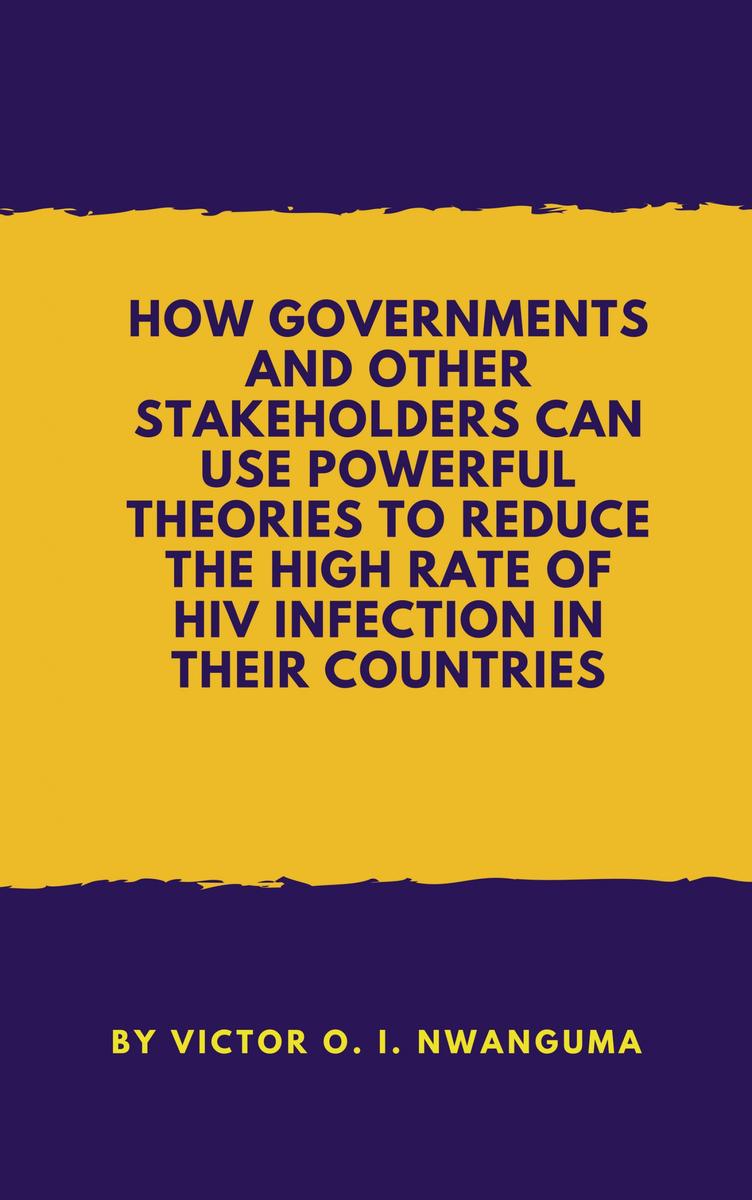
How Governments And Other Stakeholders
¥212.47
How Governments And Other Stakeholders
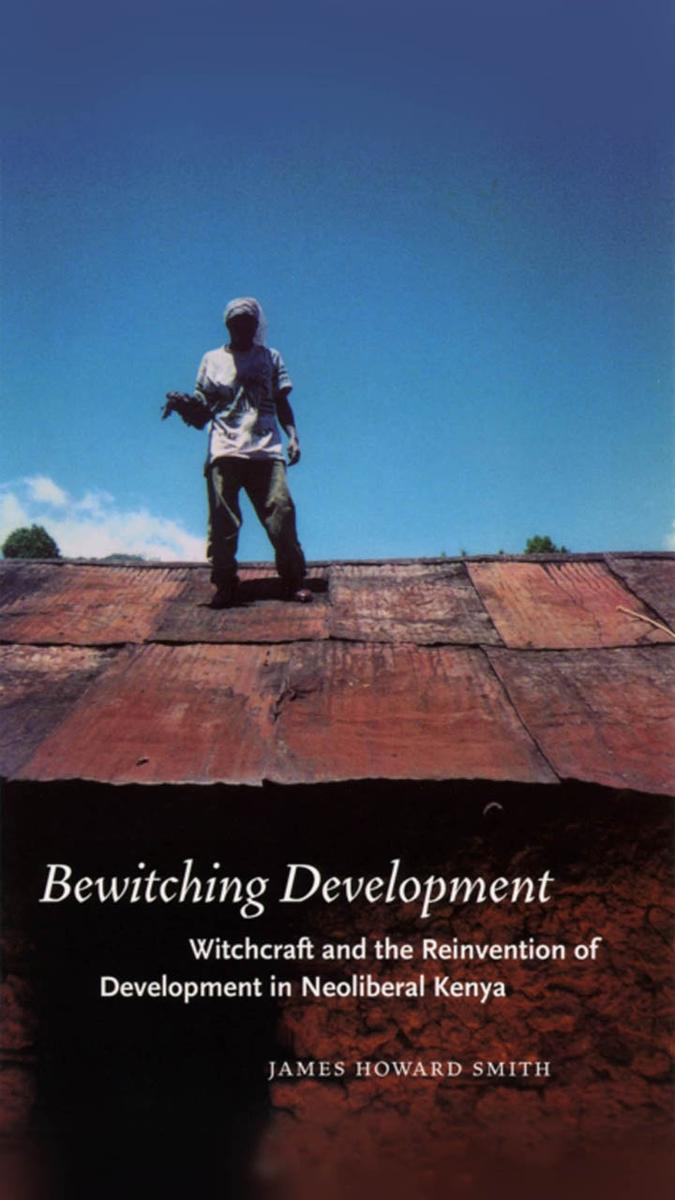
Bewitching Development
¥211.90
These days, development inspires scant trust in the West. For critics who condemn centralized efforts to plan African societies as latter day imperialism,?such plans?too closely reflect their roots in colonial rule and neoliberal economics. But proponents of this pessimistic view often ignore how significant this concept has become for Africans themselves. In Bewitching Development, James Howard Smith presents a close ethnographic account of how people in the Taita Hills of Kenya have appropriated and made sense of development thought and practice, focusing on the complex ways that development connects with changing understandings of witchcraft.Similar to magic, development's promise of a better world elicits both hope and suspicion from Wataita. Smith shows that the unforeseen changes wrought by development-greater wealth for some, dashed hopes for many more-foster moral debates that Taita people express in occult terms. By carefully chronicling the beliefs and actions of this diverse community-from frustrated youths to nostalgic seniors, duplicitous preachers to thought-provoking witch doctors-BewitchingDevelopment vividly depicts the social life of formerly foreign ideas and practices in postcolonial Africa.
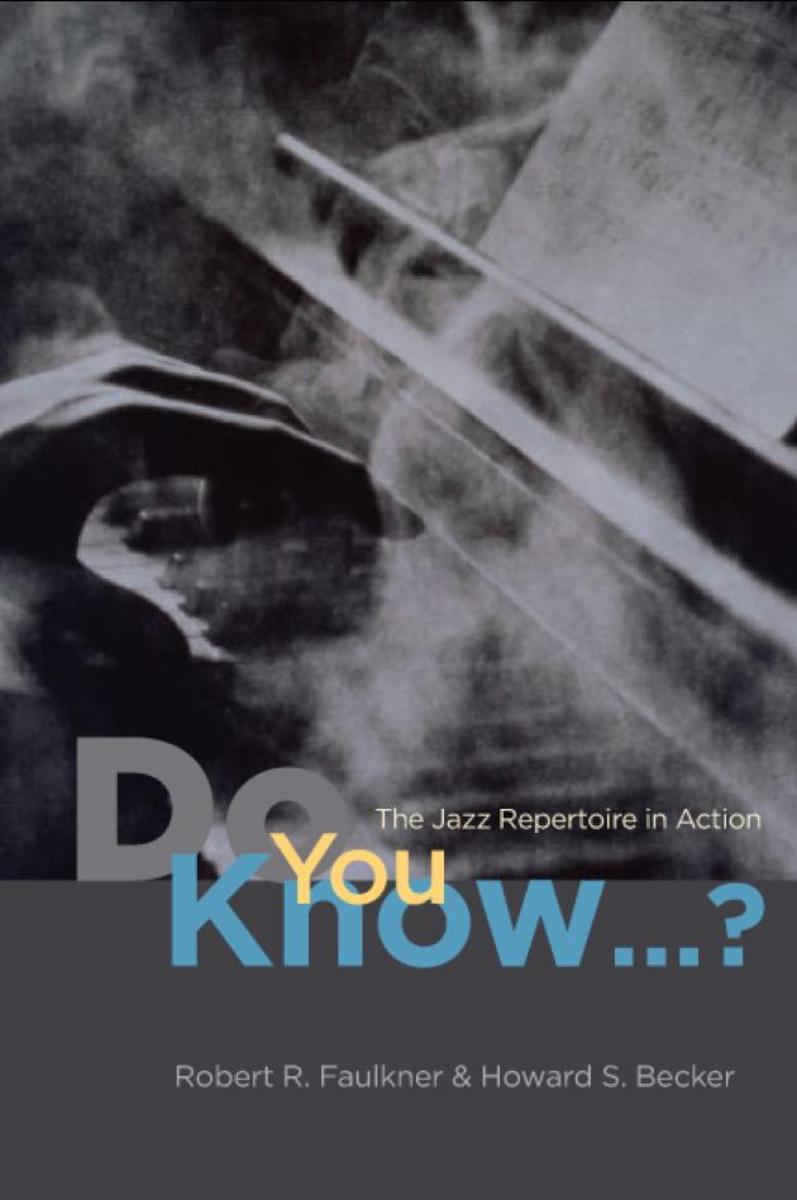
"e;Do You Know...?"e;
¥211.90
Every night, somewhere in the world, three or four musicians will climb on stage together. Whether the gig is at a jazz club, a bar, or a bar mitzvah, the performance never begins with a note, but with a question. The trumpet player might turn to the bassist and ask, "e;Do you know 'Body and Soul'?"e;-and from there the subtle craft of playing the jazz repertoire is tested in front of a live audience. These ordinary musicians may never have played together-they may never have met-so how do they smoothly put on a show without getting booed offstage.In "e;Do You Know . . . ?"e; Robert R. Faulkner and Howard S. Becker-both jazz musicians with decades of experience performing-present the view from the bandstand, revealing the array of skills necessary for working musicians to do their jobs. While learning songs from sheet music or by ear helps, the jobbing musician's lexicon is dauntingly massive: hundreds of thousands of tunes from jazz classics and pop standards to more exotic fare. Since it is impossible for anyone to memorize all of these songs, Faulkner and Becker show that musicians collectively negotiate and improvise their way to a successful performance. Players must explore each others' areas of expertise, develop an ability to fake their way through unfamiliar territory, and respond to the unpredictable demands of their audience-whether an unexpected gang of polka fanatics or a tipsy father of the bride with an obscure favorite song."e;Do You Know . . . ?"e; dishes out entertaining stories and sharp insights drawn from the authors' own experiences and observations as well as interviews with a range of musicians. Faulkner and Becker's vivid, detailed portrait of the musician at work holds valuable lessons for anyone who has to think on the spot or under a spotlight.
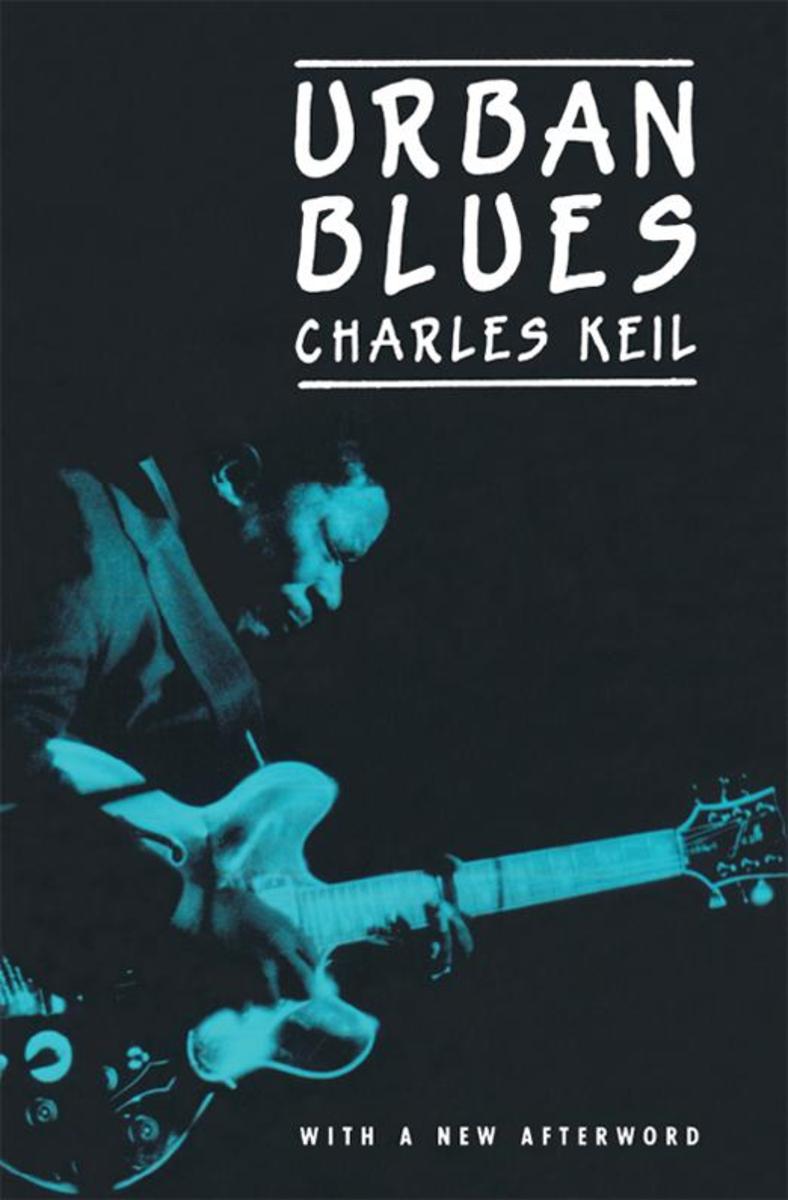
Urban Blues
¥211.90
Charles Keil examines the expressive role of blues bands and performers and stresses the intense interaction between performer and audience. Profiling bluesmen Bobby Bland and B. B. King, Keil argues that they are symbols for the black community, embodying important attitudes and roles-success, strong egos, and close ties to the community. While writing Urban Blues in the mid-1960s, Keil optimistically saw this cultural expression as contributing to the rising tide of raised political consciousness in Afro-America. His new Afterword examines black music in the context of capitalism and black culture in the context of worldwide trends toward diversification."e;Enlightening. . . . [Keil] has given a provocative indication of the role of the blues singer as a focal point of ghetto community expression."e;-John S. Wilson, New York Times Book Review"e;A terribly valuable book and a powerful one. . . . Keil is an original thinker and . . . has offered us a major breakthrough."e;-Studs Terkel, Chicago Tribune"e;[Urban Blues] expresses authentic concern for people who are coming to realize that their past was . . . the source of meaningful cultural values."e;-Atlantic"e;An achievement of the first magnitude. . . . He opens our eyes and introduces a world of amazingly complex musical happening."e;-Robert Farris Thompson, Ethnomusicology?"e;[Keil's] vigorous, aggressive scholarship, lucid style and sparkling analysis stimulate the challenge. Valuable insights come from treating urban blues as artistic communication."e;-James A. Bonar, Boston Herald?
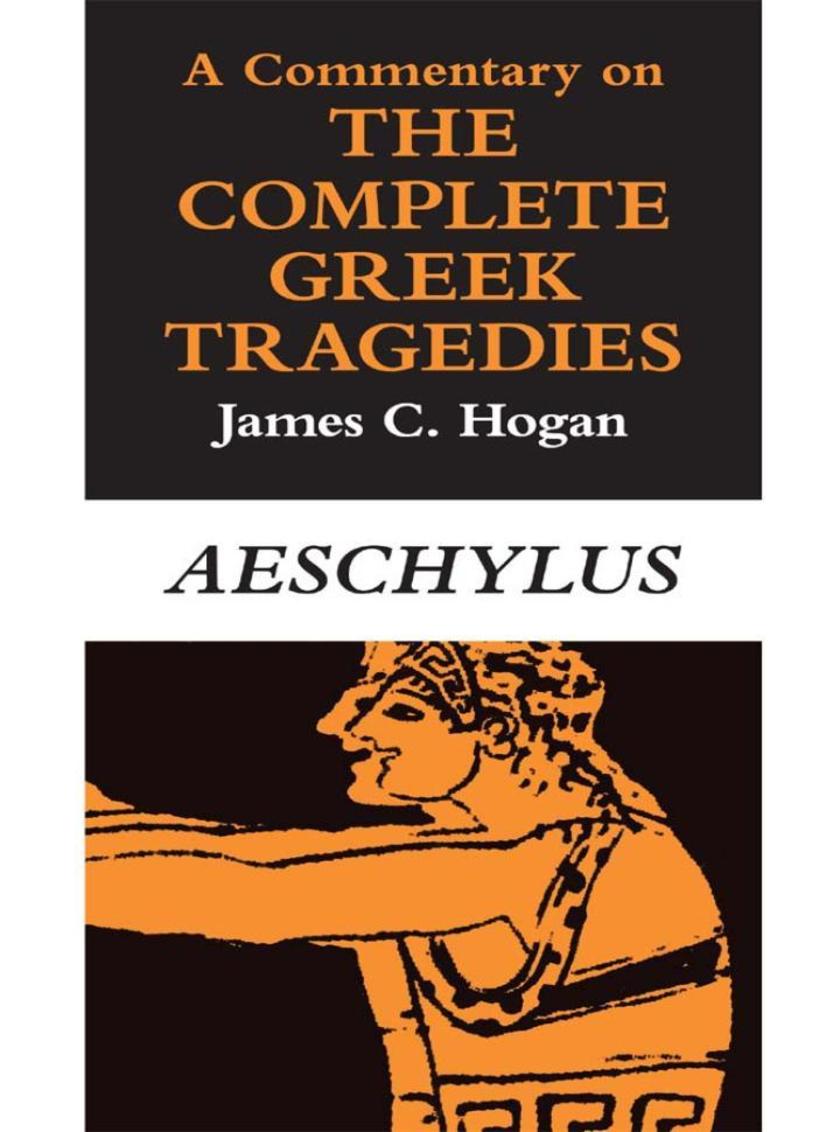
Commentary on The Complete Greek Tragedies. Aeschylus
¥211.90
This commentary offers a rich introduction and useful guide to the seven surviving plays attributed to Aeschylus. Though it may profitably be used with any translation of Aeschylus, the commentary is based on the acclaimed Chicago translations, The Complete Greek Tragedies, edited by David Grene and Richmond Lattimore.James C. Hogan provides a general introduction to Aeschylean theater and drama, followed by a line-by-line commentary on each of the seven plays. He places Aeschylus in the historical, cultural, and religious context of fifth-century Athens, showing how the action and metaphor of Aeschylean theater can be illuminated by information on Athenian law athletic contests, relations with neighboring states, beliefs about the underworld, and countless other details of Hellenic life. Hogan clarifies terms that might puzzle modern readers, such as place names and mythological references, and gives special attention to textual and linguistic issues: controversial questions of interpretation; difficult or significant Greek words; use of style, rhetoric, and commonplaces in Greek poetry; and Aeschylus's place in the poetic tradition of Homer, Hesiod, and the elegiac poets. Practical information on staging and production is also included, as are maps and illustrations, a bibliography, indexes, and extensive cross-references between the seven plays. Forthcoming volumes will cover the works of Sophocles and Euripides.
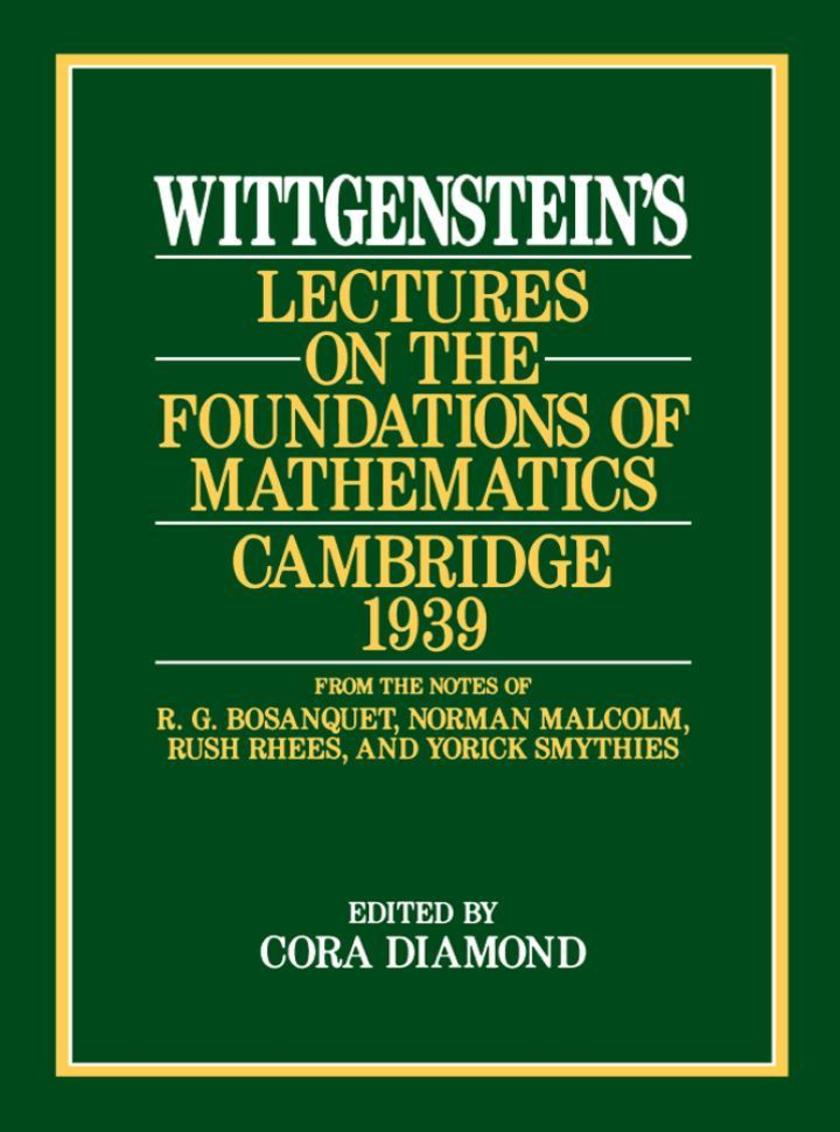
Wittgenstein's Lectures on the Foundations of Mathematics, Cambridge, 1939
¥211.90
For several terms at Cambridge in 1939, Ludwig Wittgenstein lectured on the philosophical foundations of mathematics. A lecture class taught by Wittgenstein, however, hardly resembled a lecture.He sat on a chair in the middle of the room, with some of the class sitting in chairs, some on the floor. He never used notes. He paused frequently, sometimes for several minutes, while he puzzled out a problem. He often asked his listeners questions and reacted to their replies. Many meetings were largely conversation.These lectures were attended by, among others, D. A. T. Gasking, J. N. Findlay, Stephen Toulmin, Alan Turing, G. H. von Wright, R. G. Bosanquet, Norman Malcolm, Rush Rhees, and Yorick Smythies. Notes taken by these last four are the basis for the thirty-one lectures in this book.The lectures covered such topics as the nature of mathematics, the distinctions between mathematical and everyday languages, the truth of mathematical propositions, consistency and contradiction in formal systems, the logicism of Frege and Russell, Platonism, identity, negation, and necessary truth. The mathematical examples used are nearly always elementary.
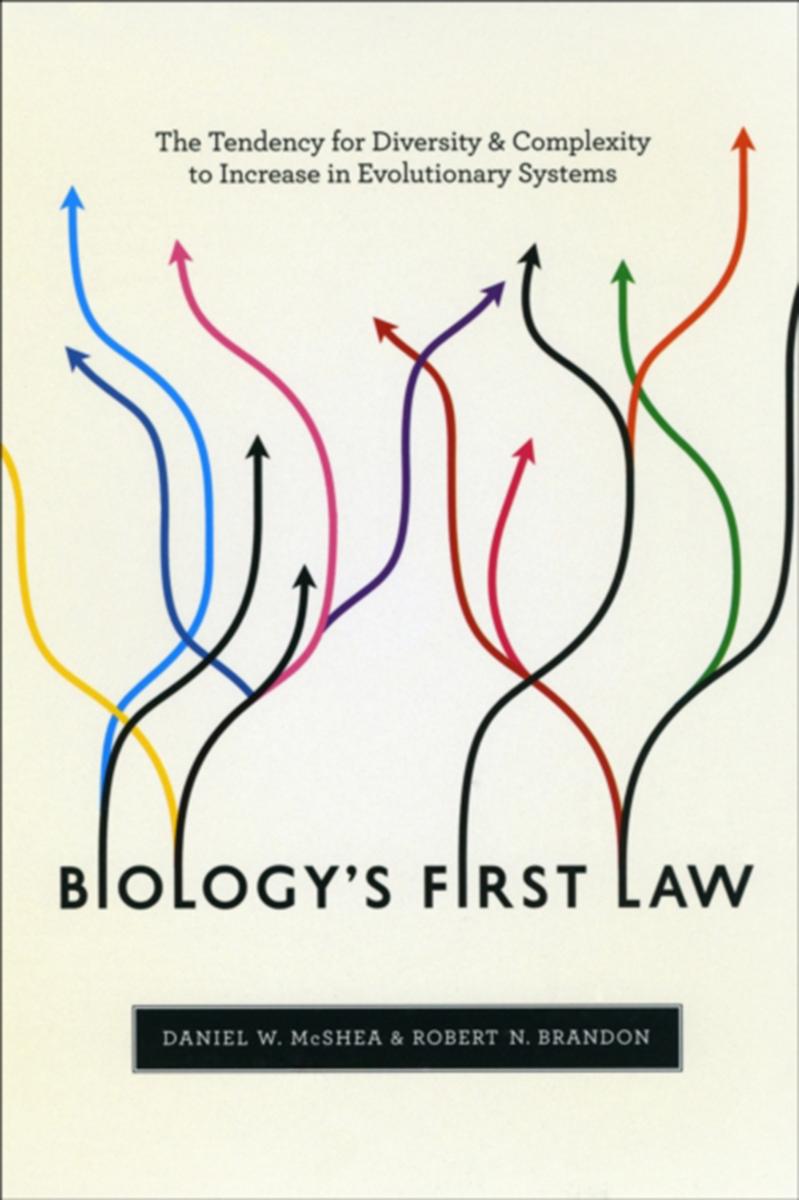
Biology's First Law
¥211.90
So certain is this that we may boldly state that it is absurd for human beings even to attempt it, or to hope that perhaps some day another Newton might arise who would explain to us, in terms of natural laws unordered by intention, how even a mere blade of grass is produced.Kant, Critique of Judgment (1790)
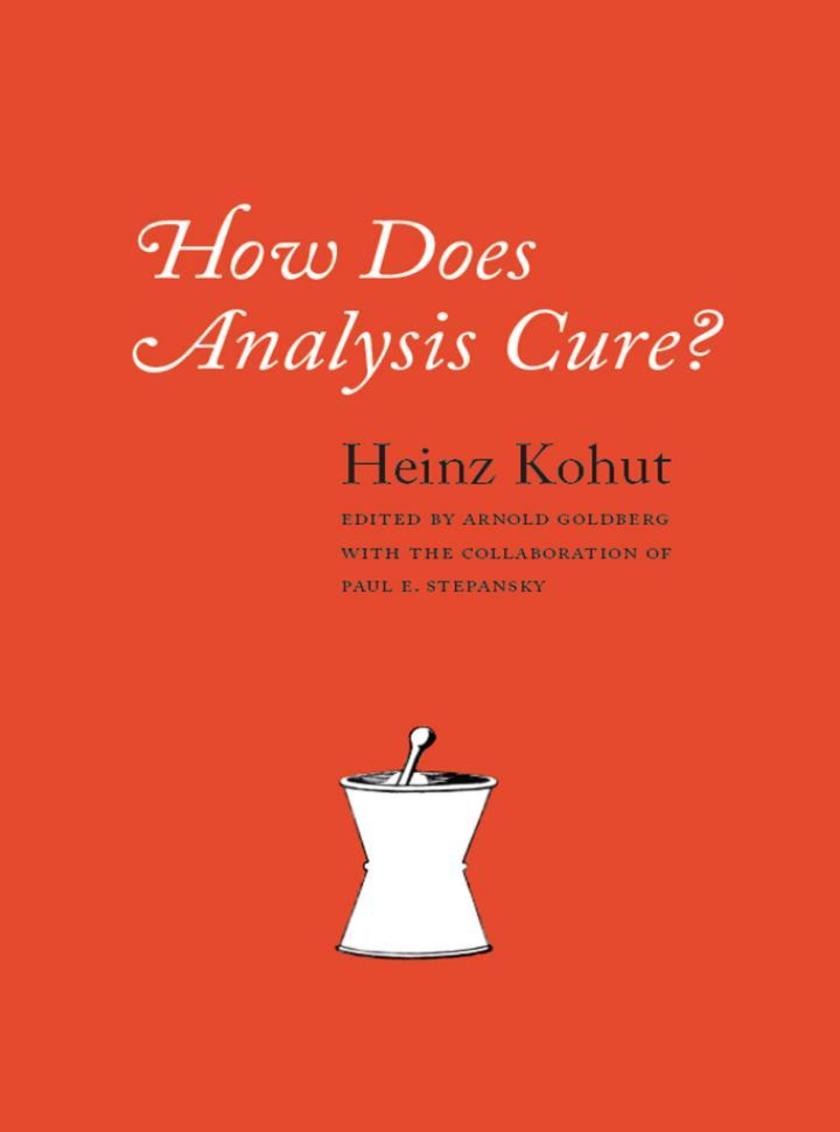
How Does Analysis Cure?
¥211.90
The Austro-American psychoanalyst Heinz Kohut was one of the foremost leaders in his field and developed the school of self-psychology, which sets aside the Freudian explanations for behavior and looks instead at self/object relationships and empathy in order to shed light on human behavior. In How Does Analysis CureKohut presents the theoretical framework for self-psychology, and carefully lays out how the self develops over the course of time. Kohut also specifically defines healthy and unhealthy cases of Oedipal complexes and narcissism, while investigating the nature of analysis itself as treatment for pathologies. This in-depth examination of "e;the talking cure"e; explores the lesser studied phenomena of psychoanalysis, including when it is beneficial for analyses to be left unfinished, and the changing definition of "e;normal."e;An important work for working psychoanalysts, this book is important not only for psychologists, but also for anyone interested in the complex inner workings of the human psyche.




 购物车
购物车 个人中心
个人中心



